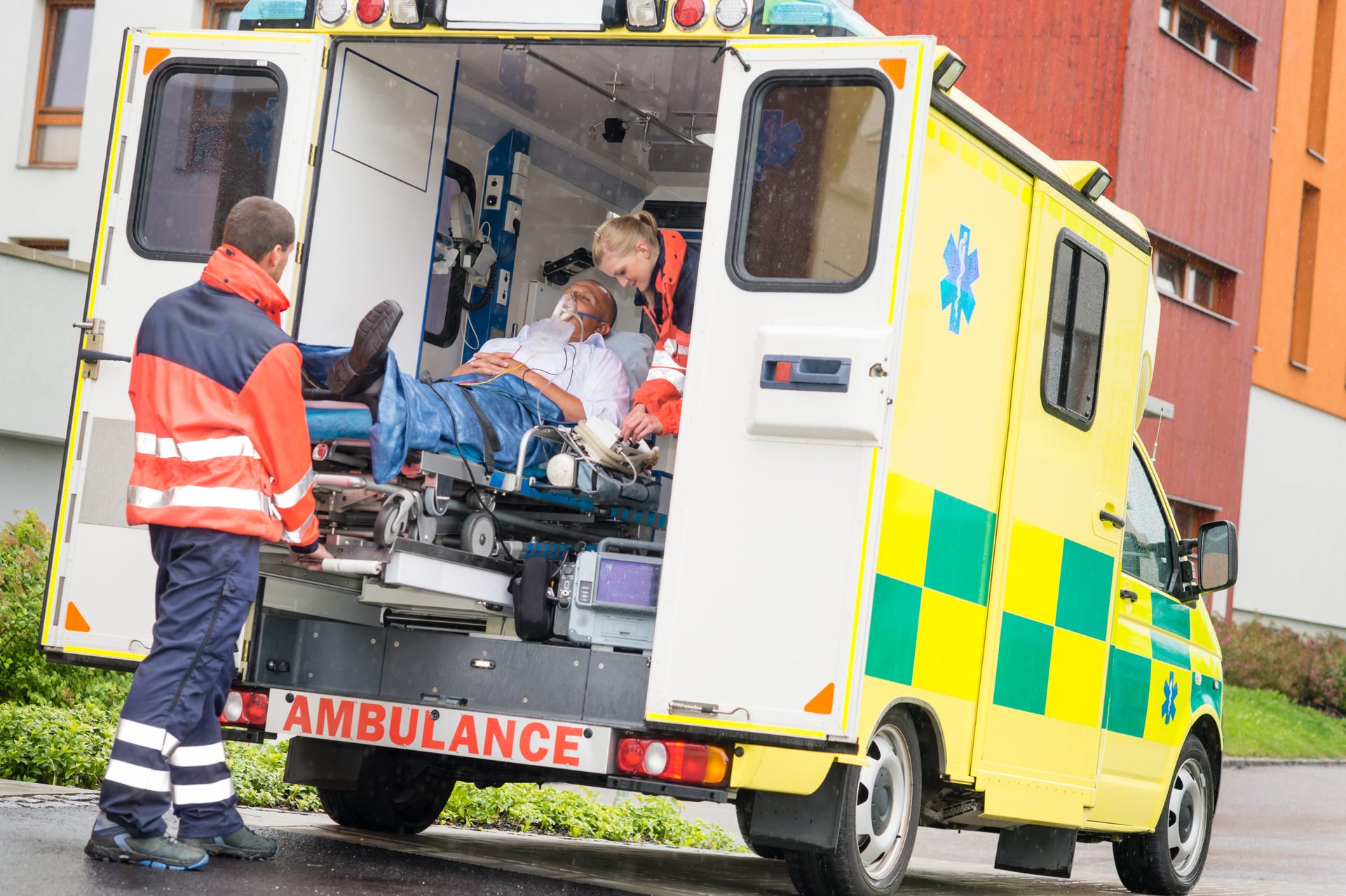
Calls to poison centers about exposure to chemicals used as disinfectants and cleaners grew 20% in January through March compared with the same period last year, says a recent report from the U.S. Centers for Disease Control.
Americans have come to rely more on disinfectants like hand sanitizer and cleaning agents like bleach because they can destroy the virus that causes COVID-19, as we explain in “5 Household Cleaners That Can Kill the Coronavirus.”
It’s easy to forget, though, that these tools are potentially dangerous and even can be lethal.
In the first three months of this year, 45,550 calls came in to U.S. poison control centers about exposure to cleaning and disinfecting chemicals, according to the CDC report, which was released on April 20.
That reflects an overall increase of 20.4% compared with the same three months of 2019 and is 16.4% more than in the same period in 2018. The biggest spike in these calls came in March.
The calls concerned chemical exposures by people of every age group, but the largest share of calls this year involved children age 5 and younger (35.7%), followed by people ages 20 to 59 (35.4%).
Two groups — people ages 6 to 19 and those age 60 and older — each accounted for between 8% and 9% of the calls, while ages were unknown for the rest of the calls.
Bleach, nonalcohol disinfectants and hand sanitizers are among the chemicals that prompted the most calls to poison control centers.
The most common way that people reported being exposed to such chemicals was inhalation.
One example of an inhalation case from the CDC:
“An adult woman heard on the news to clean all recently purchased groceries before consuming them. She filled a sink with a mixture of 10% bleach solution, vinegar, and hot water, and soaked her produce. While cleaning her other groceries, she noted a noxious smell described as ‘chlorine’ in her kitchen. She developed difficulty breathing, coughing, and wheezing, and called 911. She was transported to the emergency department (ED) via ambulance and was noted to have mild hypoxemia [inadequate oxygen levels] and end-expiratory wheezing. She improved with oxygen and bronchodilators. Her chest radiograph was unremarkable, and she was discharged after a few hours of observation.”
(Mixing bleach and vinegar creates dangerous and potentially deadly chlorine gas, as we detail in “Never Mix These 4 Combinations of Cleaners.”)
The CDC researchers say they can’t directly link the increase in poison center calls about chemical exposures to the coronavirus pandemic.
But they point out that the increase corresponds with increased media coverage of the pandemic, reports of shortages of cleaning and disinfecting products, and initial stay-at-home orders from state and local governments.
Regardless of the reasons you might use household chemicals, you can take steps to protect yourself and others in your home from being exposed to these potentially dangerous substances.
The CDC recommends following these steps to avoid chemical accidents in your home:
- Follow all directions on product labels.
- Do not mix chemicals.
- When diluting a chemical, such as bleach, use only water that is at room temperature to dilute it.
- Use protective gear for your eyes and skin.
- Use products in a well-ventilated place.
- Store chemicals where children can’t reach them.




Add a Comment
Our Policy: We welcome relevant and respectful comments in order to foster healthy and informative discussions. All other comments may be removed. Comments with links are automatically held for moderation.